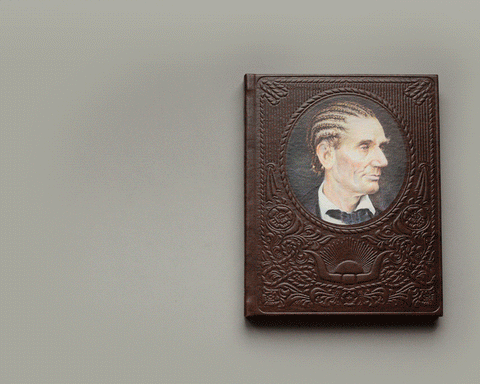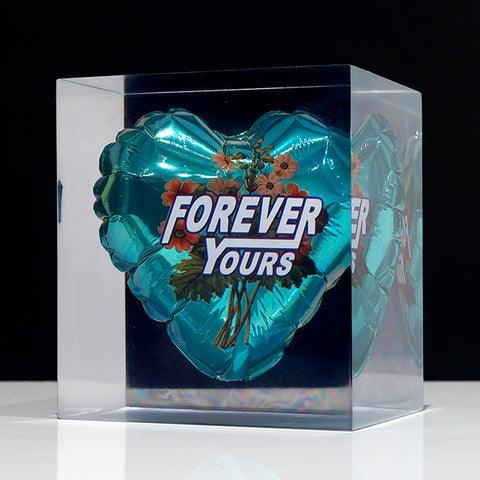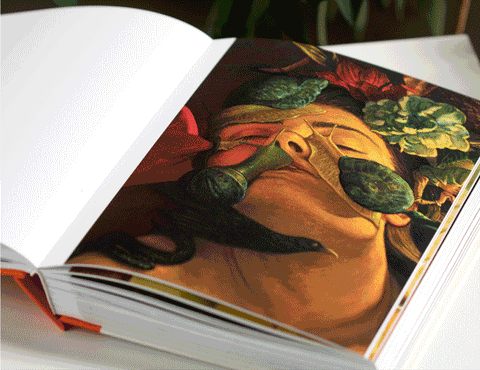Joe Reihsen Structural Color exhibition catalogue.
The Hole March 2018
Featuring works form The Show at The Hole NYC and past works and exhibitions.
Soft cover, 20 pages.
More about the exhibition:
The Hole is proud to present "Structural Color", the second solo exhibition at the gallery by Joe Reihsen. While his debut show here in 2016 “About Face” introduced New York audiences to a comprehensive look at Reihsen’s techniques and styles, this exhibition focuses closely on a new body of work that introduces the paradox of iridescent color and a smooth surface.
Joe Reihsen has exhibited widely in LA and Europe and pretty much pioneered a new way of painting in the abstract; creating brushstrokes on plastic that are peeled up and adhered to a painted surface. The strokes grew and glowed and were sprayed to have a dramatic topography; across a diversity of paintings they were giant skins or tiny holographic blips. The paintings had big muscular movement, varied marks and textures but also somehow looked digital or computer-generated. This led to Reihsen being seen as a pioneering digital era painter who actually doesn’t use computers or printing at all.
In this new show, “Structural Color”, Reihsen has again invented a new way to make an abstract painting, again making something with just paint that is mind-bogglingly not digital in any way. These works are made more like a monoprint, paint from one surface is transferred to another surface by being stuck onto plastic. Elaborate armatures and physical effort were deployed in creating these paintings, especially the twelve-foot pieces. Here with the assistance of clear matte medium, airbrush and some magical wet-on-wet acrylic behaviours, the artist has again innovated within the medium.
These pieces are both super smooth surfaced and iridescent with color. Almost metallic looking, the new paintings shimmer and glow almost in the manner of a butterfly wing, soap bubble, peacock feather: what is known as structural color. While not microscopically textured to interfere with visible light (as are some feathers, beetles, or berries are) the paintings instead have an almost lenticular design, where opposing sides of each painted “cliff” are hit with different hues. The paintings look wet with color, sticky with it, yet touching them (please don’t touch them!) reveals they are totally smooth.
The paintings are composed in multiple “transfers” sometimes with changes in rasterization, some transferred only partially as the artist “scribbles” a wiggly line of paint to transfer onto the canvas. The compositions take on grid structures as a layer of horizontal painting is applied to a vertical layer; two works in the show are print partners, with the same shape of paint transferred back and forth, a “variable edition”. One of the enormous paintings has a six-painting transfer with different “screens” lining up to cover the expansive canvas.
While obviously doing some very advanced things with acrylic, the artist is not super obsessed with the process and instead focuses on composing the works with consideration, not merely to flaunt the technique. Building up a painting in layers is of course very classical however here the artist doesn’t have complete control of each layer; with clear gel or white paint as like the “transfer coefficient’, the colors and composition aren’t visible during the application of layers. A lot of happy accidents form, a lot of unhappy accidents get removed or discarded.
The surfaces look scraped and gritty, torn or squeegeed, scribbled or sanded. Some of the transfers seem torn or wrinkled, some are slopped and gooed, or snowed-in with white. All these diversely evocative surfaces come across on a completely smooth acrylic painting. Taking it a step further, acrylic paint is just a fancy type of liquid plastic, so the plastic sheets of transfer are just another layer in the plastic Olympics here. Just as Judd celebrated plastics and industrial materials as the perfect media to tackle modern alienation, Reihsen uses it in the digital era to create a non-space where layers of plastic give the illusion of life or connection.
Through a more poetically-minded lens, the paintings in “Structural Color” are a contradiction; their iridescence suggests a three dimensionality of surface that almost magically isn’t there. They are all, in a sense, trompe l’oeil works whose physical objecthood is insistent while their window into an alternate reality equally enticing; their artificial light drawing you to them, their artificial depth waiting to be explored. Just like structural color in the animal kingdom being used to attract a mate, evade predators or even communicate over long distances, here iridescence is used to confound and seduce the viewer: whether these paintings communicate over long distances is yet to be evaluated.
Joe Reihsen was born 1979 in Minnesota and lives and works in Los Angeles. Solo exhibitions at Praz-Delavallade in Paris, LA and Brussels; Brand New Gallery in Milan; Anat Ebgi in Los Angeles; group shows at Arsenal in Montreal, with Lawrence Van Hagen in London and here at The Hole; art fairs around the world; all have established Reihsen as an important new voice in abstract painting.



